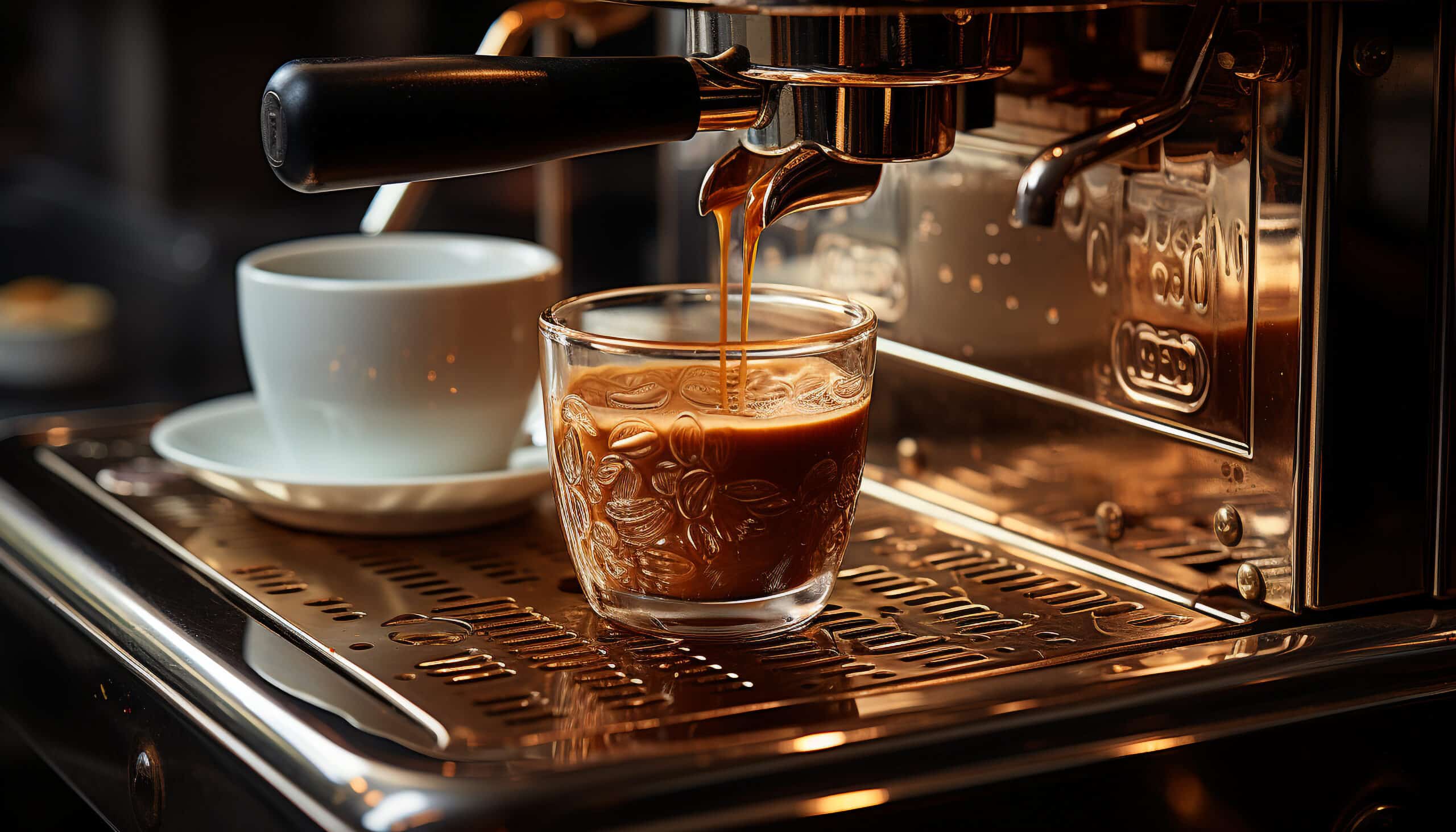How Does An Espresso Machine Work?
Key Takeaways
- The primary function of an espresso machine is to extract coffee by forcing hot water through finely ground coffee beans.
- An espresso machine is composed of several key components that work together to ensure a successful extraction, including brew heads, group gaskets, steam valves, sight glass, solenoids, pumps, portafilters, steam wands, coffee grinder burrs, and a water reservoir.
- While espresso is the primary beverage produced by an espresso machine, it is also capable of making other types of coffee, such as Americanos, cappuccinos, and lattes, by adjusting the parameters and techniques.
An espresso machine is a remarkable invention that allows coffee enthusiasts to enjoy a concentrated and flavorful cup of espresso. But have you ever wondered how an espresso machine actually works? In this article, we will delve into the inner workings of an espresso machine and explore the various components and processes involved.
The Extraction Process
The primary function of an espresso machine is to extract coffee by forcing hot water through finely ground coffee beans. This extraction process is what gives espresso its unique characteristics and rich flavor profile.
The hot water, usually heated to around 195°F to 205°F (90°C to 96°C), is pressurized and forced through the coffee grounds at a pressure of approximately nine bars. This high pressure helps to extract the desirable compounds and oils from the coffee, resulting in a concentrated and aromatic beverage.
Components of an Espresso Machine
An espresso machine is composed of several key components that work together to ensure a successful extraction. Let’s take a closer look at these components:
Brew Heads
The brew heads are where the water and coffee grounds come into contact. They provide a seal to prevent any leakage and ensure a consistent flow of water through the coffee.
Group Gaskets
Group gaskets are rubber seals that help to create a tight connection between the brew head and the portafilter. They prevent any water from leaking and maintain the desired pressure during extraction.
Steam Valves
Steam valves control the flow of steam from the machine’s boiler. They are used for frothing milk and creating creamy textures for drinks like cappuccinos and lattes.
Sight Glass
A sight glass is a transparent tube or window that allows baristas to monitor the water level in the machine’s boiler. It helps ensure that there is enough water for extraction and prevents the boiler from running dry.
Solenoids
Solenoids are electromagnetic valves that control the flow of water through the machine. They play a crucial role in regulating the pressure and flow rate during extraction.
Pumps
Pumps are responsible for generating the necessary pressure to force hot water through the coffee grounds. There are two main types of pumps used in espresso machines: rotary pumps and vibratory pumps.
Portafilters
Portafilters are the handles with filter baskets attached. They hold the coffee grounds and connect to the machine’s brew head. Portafilters come in various sizes and designs, allowing for different brewing techniques.
Steam Wands
Steam wands are used for steaming and frothing milk. They emit a powerful stream of steam that baristas can use to create velvety microfoam for latte art and other milk-based beverages.
Coffee Grinder Burrs
Espresso machines often have built-in coffee grinders with burrs that grind the coffee beans to a consistent size before extraction. This ensures an even extraction and optimal flavor.
Water Reservoir
The water reservoir holds the water that is used for extraction. It is typically removable for easy refilling and cleaning.
Making Other Types of Coffee
While espresso is the primary beverage produced by an espresso machine, it is worth noting that you can also make other types of coffee using this versatile appliance. By adjusting the parameters and techniques, you can brew various coffee styles like Americanos, cappuccinos, lattes, and more.
Conclusion
An espresso machine is a complex piece of equipment that combines pressure, heat, and precision to produce the beloved espresso. By understanding its inner workings and the role of each component, you can gain a deeper appreciation for the craftsmanship behind your daily cup of coffee.
Related Websites:
- Coffee Pursuing – How Espresso Machine Works Animation
- Tim’s Coffee – What Is an Espresso Machine?
- Espresso Parts – Espresso Machine Parts
- Craft Coffee Spot – How an Espresso Machine Works
- Latte Art Guide – Espresso Machine Parts & Components
- Espresso Gusto – Different Brews
- Majesty Coffee – What Coffee to Use for an Espresso Machine
- Architect Two Cents – What Can an Espresso Machine Make?
FAQs:
Q: What are the main components of an espresso machine?
The main components of an espresso machine include the boiler and heating element, water reservoir and pump, portafilter and group head, steam wand, and control panel. These components work together to create the perfect espresso shot.
Q: How do I properly clean and maintain my espresso machine?
Regular maintenance is important for the longevity of your espresso machine. Clean the group head and portafilter after each use, descale the machine periodically to remove mineral buildup, and store and care for it properly to avoid damage.
Q: What is the espresso making process?
The espresso making process involves preparing the machine by filling the water reservoir and allowing it to heat up. Then, grind and dose the coffee beans, tamp the coffee grounds, and insert the portafilter into the group head to initiate the brewing process. Finally, extract the espresso shot under the right water pressure and temperature.
Q: How can I froth milk using an espresso machine?
To froth milk, use the steam wand of your espresso machine. Create steam by turning on the steam wand and immersing it into the milk jug. Move the wand in a circular motion to froth the milk. This is perfect for creating delicious espresso-based beverages.
Q: Why should I consider using an espresso machine?
Using an espresso machine allows you to enjoy the satisfaction of making your own perfect espresso shot. It gives you the freedom to experiment with different coffee beans, grind sizes, and brewing techniques. Plus, you can create a variety of espresso-based beverages right at home.






